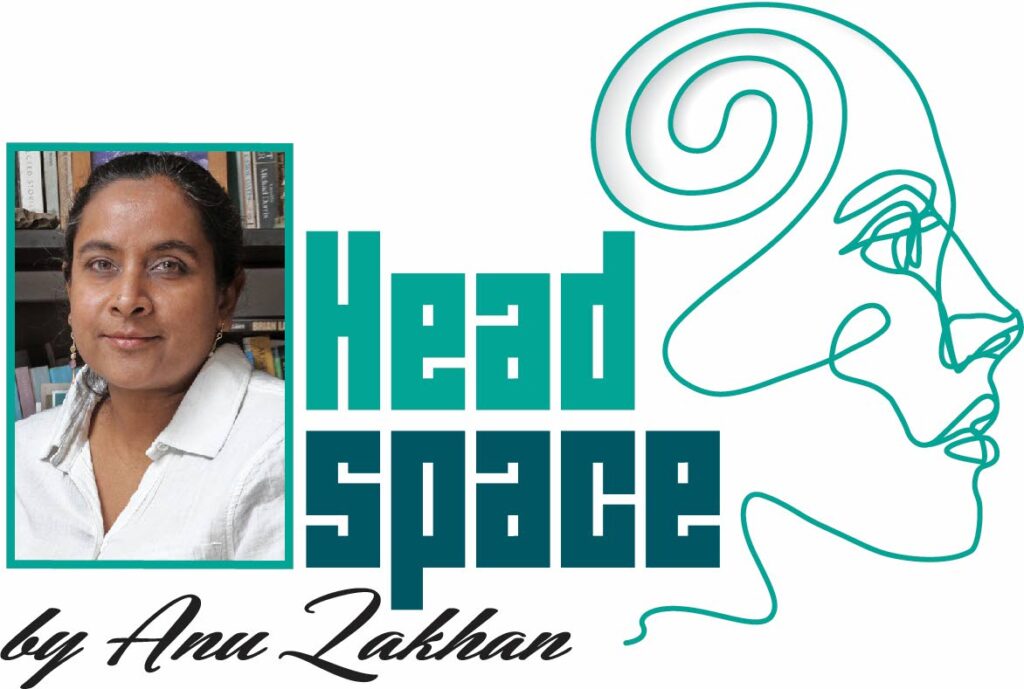XOXO: Hugging for health

Cats do it, dogs do it. Loving sows and hogs do it. Let’s do it, let’s touch someone.
Mammoth, mammoth disclaimers: consider the current covid19 situation. Do not touch someone you know you ought not touch.
Do not touch someone who does not wish to be touched.
Do not engage in any touch activities that will result in harm to yourself or others.
That said, mentally, at least, we should embrace the hug. Hugging, it turns out, is not just a pleasant way to spend a few seconds or a sort of social-obligation-greeting from the days of yore, it’s actually good for you.
I do not know the origin of the Xs and Os of “XOXO” fame, but I like to think it is short for oxytocin, the love hormone or the cuddle hormone. When we hug, pat someone on the back, give a reassuring hand-squeeze, oxytocin levels rise and this reduces stress and possibly makes us happy.
The positive effects of touch on babies (human babies, mouse babies, monkey babies – you name it, we’ve studied it) is so well established that everything from advertising campaigns to toys have been based on it.
But it’s not only the babies who benefit, the mother – or other baby-hugger – also feels soothed.
Give a normally monstrous person a baby, or even a puppy, and their awfulness melts away with the little thing in its arms. They go all soft. Something is happening in that touch. Hugging is real and it can happen to you.
Indeed, it can happen with only you. A 2021 study at the Goethe University of Frankfurt found evidence that self-hugging can reduce stress.
Later in life we lose the natural, effortless touch. But that’s not to say we don’t still need it. Last year (the pandemic seems to have provoked a mini-boom in hugging research; scientists need hugs too), a Canadian study of older adults suggested that over-65s who regularly receive hugs feel healthier than contemporaries who are not often hugged.
Around the world and across cultures, people reach out and touch in a variety of ways and at different intervals and regularity. Interestingly, a 2021 Polish study that analysed a massive dataset of 14,000 people across 45 countries found that those living in warmer climes were more likely to engage in hugging and other forms of “emotional touch” than their cold-country counterparts.
So we in the Caribbean may be climactically predisposed to hug-ups.
Hugs, touches, pats are ways we offer support and affection. These gestures say, “You’re here, you’re real, and I’m beside you.”
The general idea is that this benign physical connection is good for us in a number of ways, in infancy and maturity, for both the hugger and the huggee.
I have a personal favourite. It may not be the big reason we evolved this way, but it’s definitely one from my survival kit: hugs can lower fear.
Consider a moment of being afraid or, more than that, terrified. Perhaps when you were a child there was a loving parent to hold you, to form a protective shield with their bodies and warmth and eventually the scary thing passed.
All my life, whenever I’ve been afraid, nothing slew my demons as gently and quickly as a reassuring embrace.
The reassurance of touch is not limited to the sphere of human contact. Indeed, it is not limited to the vivified world. A teddy bear. A beloved pillow. And, of course, a security blanket.
Schulzian philosopher Linus Van Pelt (only incidentally a cartoon character) probably has the most famous security blanket. In the Peanuts world, Linus and his blanket are inseparable. It becomes a weapon when needed. It is a talisman.
But above all else it is safety and comfort.
We could argue that what the blanket was always meant to be was a symbol for security and what you can do when you have that. But from whence cometh?
I say it was the feel of something familiar, something he’d always known. Something that always made him feel safe. He drags it. He wears it. He throws it over his head. He’s never not touching it.
There is research on the benefits of hugging a blanket or other inanimate object. There’s even word on the street about a German pillow that expands and falls gently like a pair of lungs. You see where that’s going. Pillows are begging you to hug them.
Remember, even self-hugging is better than no hugging at all. So let’s stretch our understanding of “embrace” and “hold”: hug whoever or whatever consents to be hugged by you, and know you’ll be better off for it.
Remember to talk to your doctor or therapist if you want to know more about what you read here. In many cases, there’s no single solution or diagnosis to a mental health concern. Many people suffer from more than one condition.


Comments
"XOXO: Hugging for health"